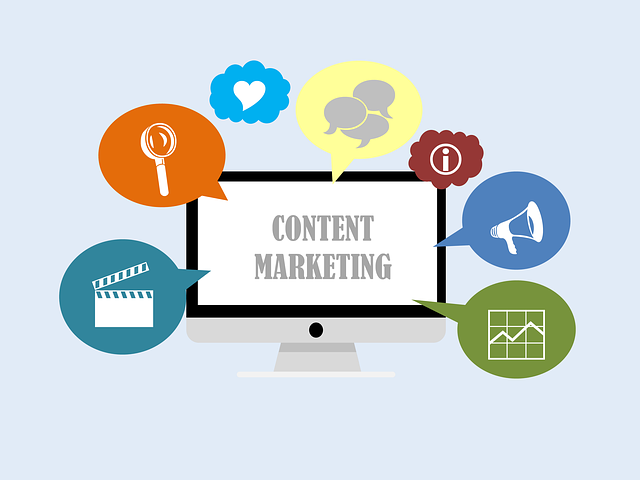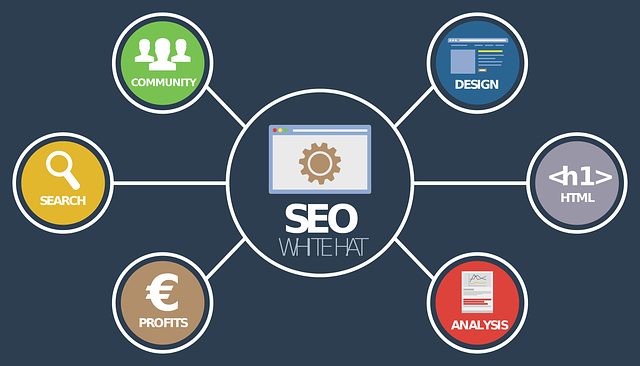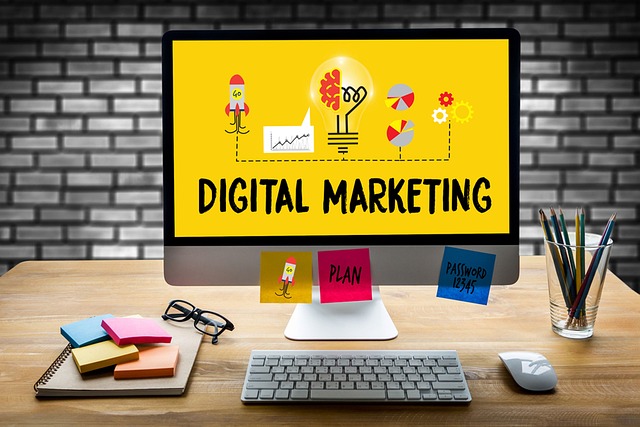In the world of digital marketing, creating content that captivates and engages your audience is still effective, but in an era where consumers are overwhelmed with information and bombarded by ads, something more immersive is required. Enter interactive content, a powerful tool that enables marketers to foster deeper connections, increase user engagement, and drive conversions.

What is Interactive Content?
Interactive content refers to any content that actively involves the user and requires them to engage, respond, or participate in some way. Unlike passive content, which is consumed without user input, interactive content invites audiences to interact, making it more engaging and memorable. This could take the form of quizzes, polls, surveys, calculators, interactive infographics, and even augmented reality (AR) experiences.
Why Interactive Content Matters
In the digital age, attention spans are shrinking. Research shows that the average human attention span has dropped significantly, with some estimates placing it as low as 8 seconds. To capture and retain attention, marketers need to offer something more dynamic than a simple text-based article or a passive video. Interactive content can help achieve this by encouraging users to actively participate rather than passively consume information.
Here’s why interactive content is proving to be so impactful:
Increased Engagement
Interactive content is an effective method for driving higher engagement.: “Users are more likely to engage with content when they feel like they have some control or agency over their experience. For instance, quizzes, polls, and games naturally spark curiosity and create a sense of participation, which leads to longer time spent with your brand.
Example: BuzzFeed’s quizzes are a prime example of how interactive content can go viral. Users often share the results on social media, driving more traffic and engagement back to the site.
Better User Experience
Interactive content can deliver a more personalized and relevant experience for the user. By engaging with the content, users can get immediate, customized feedback that is tailored to their preferences or answers. This creates a sense of value and relevance, which is key to fostering positive brand perceptions and loyalty.
Example: A personalized product recommendation quiz can guide users toward items that fit their style, budget, or needs, creating a seamless and enjoyable shopping experience.
Increased Conversions
Interactive content can also directly impact conversion rates. When users engage with interactive tools, they are more likely to feel invested in the outcome, whether that’s signing up for a newsletter, downloading a resource, or completing a purchase. Interactive content helps move customers along the buyer’s journey by providing them with value and actionable insights.
Example: A product comparison calculator on an e-commerce site can help users make purchasing decisions by showcasing the features and benefits of different products. This increases the likelihood of conversion by providing the customer with the information they need to make an informed choice.
Data Collection and Insights
Interactive content allows brands to gather valuable data and insights about their audiences. Through quizzes, surveys, or polls, you can collect demographic information, preferences, and behavioral data that can inform future marketing strategies. By understanding your audience better, you can tailor your content and campaigns more effectively.
Example: A fitness brand that asks users about their fitness goals, habits, and challenges through an interactive quiz can use this data to send personalized offers, blog content, or workout plans that are relevant to each user.

Higher Social Sharing Potential
Interactive content is inherently shareable. People enjoy sharing their quiz results, poll responses, or fun interactive experiences with their social circles. This boosts the visibility of your content and can extend your reach to new audiences, driving organic traffic to your website or social media profiles.
Example: A company offering a “Which superhero are you?” Participants are likely to share their quiz results on social media, which can lead to increased traffic on the site or landing page.
Interactive Content Categories That Lead to Greater Success”
There are many forms of interactive content, each serving different marketing objectives. These are a few of the most powerful types:”
Quizzes and Polls
Quizzes and polls are simple yet effective ways to engage your audience. They can be fun, informative, or even serve as tools for segmentation. Quizzes often go viral, driving traffic and social shares, while polls can give you a snapshot of your audience’s preferences or opinions in real-time.
Interactive Infographics
An interactive infographic allows users to engage with the content by clicking, hovering, or scrolling to reveal more information. These can be used to illustrate complex topics or data in a more digestible and engaging way.
Surveys and Assessments
Surveys can help you gather valuable feedback from your audience, while assessments provide personalized insights based on users’ answers. Both formats can be used to segment your audience for more targeted follow-up content and offers.
Interactive Videos
Interactive videos take video content to the next level by allowing users to make choices during the video, like choosing what happens next or clicking on embedded links to explore related content. This keeps users engaged and can drive them to take further action.
Calculators and Tools
From mortgage calculators to product configurators, interactive tools are useful for guiding users through complex decision-making processes. They help provide immediate, personalized results, increasing the likelihood of conversion.
Augmented Reality (AR) Experiences
AR offers a fully immersive interactive experience. By integrating AR into your digital marketing efforts, you can allow users to “try before they buy” by visualizing products in their real-world environments. Whether it’s furniture, fashion, or makeup, AR can enhance the customer experience and drive higher conversion rates.

How to Create Interactive Content
Creating effective interactive content doesn’t have to be difficult or expensive. Here are some tips to help you get started:
Know Your Audience
The type of interactive content you create should align with your target audience’s preferences, needs, and behaviors. Are they looking for entertainment? Practical tools? Educational resources?
Keep It Simple
While interactive content can be sophisticated, simplicity is key. Avoid making your tools too complex or difficult to use. Ensure they are intuitive and user-friendly.
Make It Valuable
Whether it’s providing personalized recommendations or educational content, the goal of interactive content should always be to provide value. If users feel they benefit from engaging, they are more likely to share or take action.
Promote It
Interactive content is only valuable if people see it. Promote your interactive tools through social media, email marketing, and on your website to ensure it reaches a wide audience.
Measure and Optimize: Track metrics like time spent on page, engagement rates, and conversion rates. Use these insights to continually optimize and improve your interactive content.

Final Thoughts
Interactive content is transforming the way brands connect with their audiences. It offers an innovative approach to capturing attention, increasing engagement, and driving conversions. By creating personalized, engaging, and shareable experiences, businesses can build deeper relationships with customers and stand out in a crowded digital landscape. If you haven’t started incorporating interactive content into your digital marketing strategy yet, now is the time to harness its power for greater brand success.












